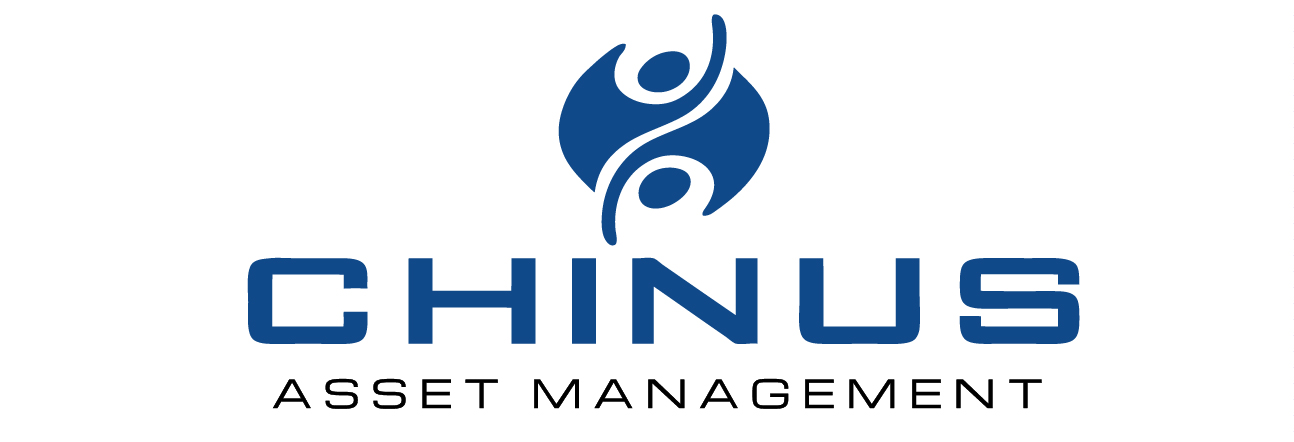The Chinus Fund completed its 10th year on April 30th
/The Chinus Fund completed its 10th year on April 30th. It came into existence on May 1, 2009 when Pete and I launched the fund with $400,000 of our own money. We used the money to invest in Greenwoods Golden China Plus Fund, a Shanghai-based, mid-cap focused fund that we thought would perform well in a rebounding market. Our investment jumped 20% in May, another 18% in June, and ended the year up 87%, and Golden China was the best performing China fund over that period. It was an auspicious start to what has been an incredible journey.
We now manage five funds totaling approximately $70 million in assets from over 80 investors.
Modest accomplishments, no doubt, in a world of multi-billion dollar funds, but Pete and I have focused on the investment side of the business, and we are proud of the returns we have been able to generate. Over the past ten years, the Chinus Fund has generated a 222% return since inception, almost triple the 84.7% return of the MSCI China index (offshore listed companies), and seven times the 30.6% return of the MSCI China Onshore index.
We are deeply appreciative of the support and encouragement we have received from our investors along the way, many of whom have become close friends. We feel privileged to be entrusted with their hard-earned dollars, and we are focused on generating superior long-term returns that justify this trust.
Highlights of the past decade include numerous investor trips to Asia, where Pete and I got to share what we see happening there with others. The magnitude and pace of economic development in emerging Asia has to be seen firsthand to be fully appreciated. It is especially gratifying when investors gain a better understanding of the vast potential that emerging Asia offers. They often return home as excited about the prospects of our funds as we are.
Highlights from the Past Decade
So where do we go from here? Relations between the U.S. and China are as perilous as they have ever been since China started opening up in the early 1980’s, primarily due to trade dispute. There are ironic aspects about the trade war on both sides. Many of the changes that the Trump administration is demanding, concerning protection of intellectual property, market access and reduced subsidies to state owned enterprises, are changes that private business owners and economic reformers in China support as well. There is a joke going around the streets in China that future historians will identify the two people most responsible for economic reform in China as Deng Xiaoping and Donald Trump.
On the other side, the U.S. has record low unemployment. We do not have enough workers to bring onshore many of the labor-intensive products that China makes. Our options would be to allow in more immigrants or move the business to other countries, which would not help our overall trade deficit. In either case, prices will increase, leaving us fewer dollars to save or spend on other things.
We are concerned by the view that the world is a zero-sum game, and that China’s rise has to come at the expense of the U.S. China’s growth, and the growth of the rest of emerging Asia, creates a bigger pie for everyone. Consumer spending in emerging Asia is surging. Leading U.S. consumer brands like Nike, Apple and Starbucks are must-have aspirational products for emerging Asia’s youth, and these companies will be the primary beneficiaries of that growth.
Even more worrisome are the efforts to portray China as our enemy, which threatens to turn a trade dispute into a new cold war. That would be a huge mistake that would make both countries much poorer over the long term, to speak nothing of the increased risk of war.
Pete and I are optimists. We have seen several crises over the past ten years, but the economic boom in emerging Asia continues to roll on. We strongly believe that the U.S. should be an active participant in Asia’s development and not disengage from it. We are as confident as we have ever been that investors should have some portion of their portfolio invested in emerging Asia, and that our funds provide superior ways to do that. Here’s to a peaceful and prosperous decade ahead.











